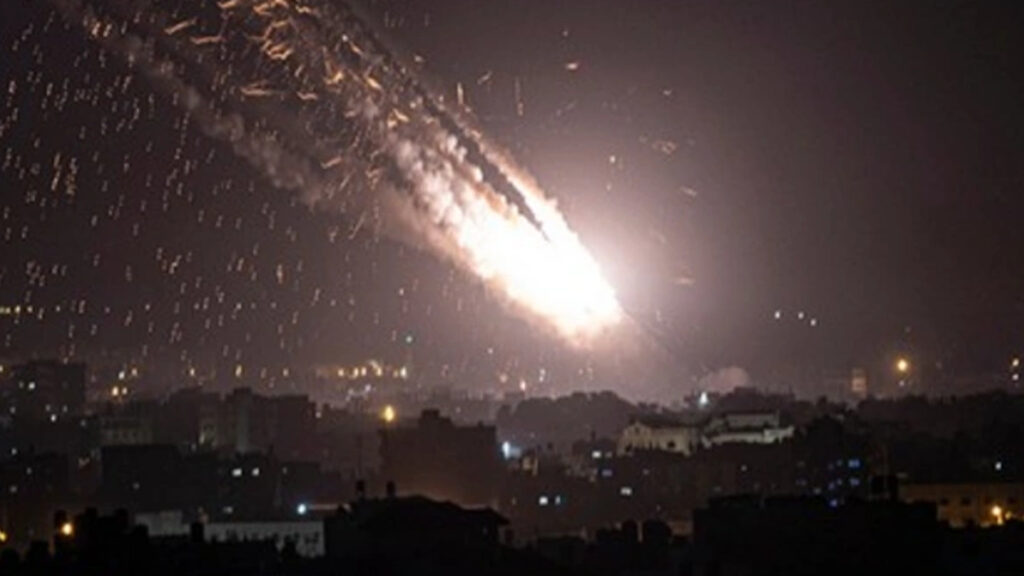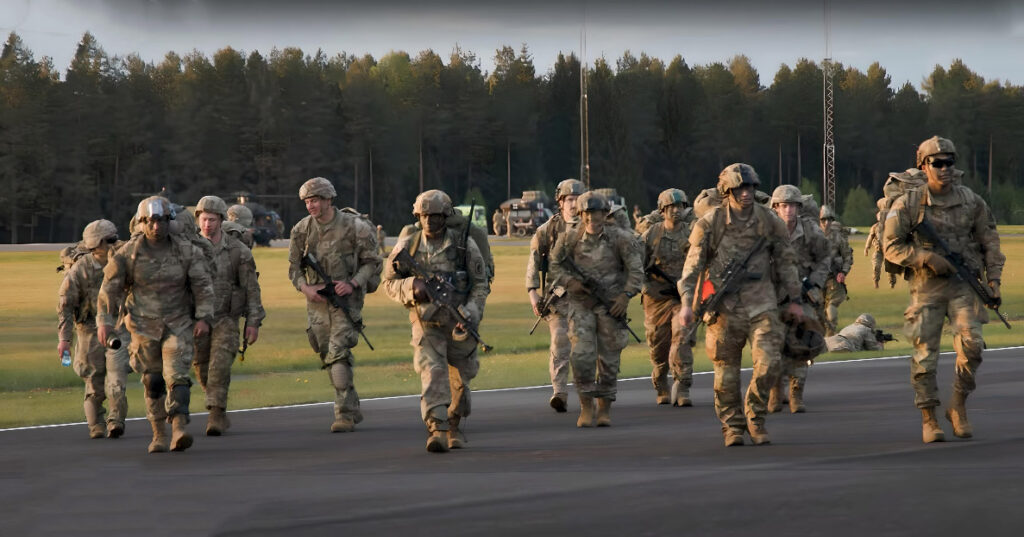June 14, 2025, 15:33 EEST — Tensions between Iran and Israel have reached a critical point, escalating into open military confrontation. The conflict, rooted in decades of rivalry, has intensified to unprecedented levels in recent days. In this article, we provide a detailed overview of the key events leading to the current situation, based on the latest news and analysis.
Background of the Conflict
Iran-Israel relations, once relatively stable during the era of Shah Mohammad Reza Pahlavi, deteriorated sharply after Iran’s 1979 Islamic Revolution. Since then, Iran has adopted a hardline anti-Israel stance, supporting Shia militant groups such as Hezbollah in Lebanon and Hamas in Palestine, leading to a so-called proxy war. Israel, in response, has repeatedly struck Iranian targets in Syria and conducted operations against Iran’s nuclear program, viewing it as an existential threat.
A pivotal moment came with Hamas’s attack on Israel on October 7, 2023, which killed approximately 1,200 people and saw 242 taken hostage. This assault, partially backed by Iran, heightened regional tensions and served as a catalyst for subsequent events.
Escalation in 2024
In April 2024, the conflict reached a new level. On April 1, Israel carried out an airstrike on Iran’s consulate in Damascus, killing 16 people, including Quds Force commander Mohammad Reza Zahedi. Iran accused Israel of the attack and vowed retaliation.
On April 13, 2024, Iran seized the MSC Aries container ship in the Gulf of Oman, linked to Israeli businessman Eyal Ofer, an act deemed international piracy. That same night, Iran launched its first direct attack on Israel, firing over 300 drones and ballistic missiles in Operation True Promise. Most were intercepted by Israel’s air defenses, with support from the U.S., UK, France, and Jordan. Only one Bedouin girl in the Arad area was injured.
On April 19, Israel conducted limited retaliatory strikes on Iran and Syria, which analysts saw as an attempt to avoid full-scale war. Iran did not respond to these strikes, and tensions temporarily eased.
June 2025: Operation Rising Lion
On June 12, 2025, the International Atomic Energy Agency (IAEA) announced that Iran had violated its nuclear program obligations, prompting a sharp escalation. On the night of June 13, Israel launched a large-scale operation dubbed Rising Lion, striking nuclear and military targets across Iran, including Tehran, Isfahan, Tabriz, and Natanz. Around 200 aircraft were involved, targeting Iran’s nuclear infrastructure, ballistic missile production facilities, and military capabilities.
According to the IDF, dozens of Iranian air defense sites were destroyed, and key military figures and nuclear scientists were killed, including IRGC commander Hossein Salami and other senior leaders. Iran reported minimal damage to nuclear facilities, such as the Fordow complex, but confirmed civilian and military casualties. According to the Iranian Red Crescent, the strikes hit 60 locations across eight provinces, killing 78 people and injuring over 320.
Iran’s Response: Operation True Promise 3
In retaliation for Israel’s attack, Iran launched Operation True Promise 3, firing hundreds of ballistic missiles and drones at Israel, targeting Tel Aviv and Jerusalem. Israel reported up to 100 missiles launched, some of which hit targets, causing damage in Ramat Gan and other areas. Over 60 people were injured in Israel, one critically.
Iran’s air defenses downed several Israeli fighters and drones, and Tehran’s air defense systems resumed operations after a brief pause. By the evening of June 13, Iran launched a third wave of missile attacks, signaling its intent to continue the escalation.
Iran also warned Western countries that any support for Israel would result in strikes on their Middle Eastern bases. CNN reported that Tehran was prepared to target the bases of any nation defending Israel.
International Reaction
The international community expressed deep concern. UN Secretary-General António Guterres called for maximum restraint from both sides, condemning strikes on nuclear facilities. The IAEA contacted Iranian authorities to assess the damage.
Russia condemned Israel’s actions as a violation of the UN Charter and requested an emergency meeting of the IAEA’s Board of Governors for June 16. The Kremlin emphasized its support for a peaceful resolution to Iran’s nuclear program and pledged to facilitate de-escalation.
The U.S., France, and UK backed Israel but clarified they did not participate in Operation Rising Lion. U.S. President Donald Trump called Israel’s strikes “highly successful” and expressed confidence they would strengthen U.S. leverage in nuclear talks with Iran. However, Iran accused the U.S. of complicity, prompting further threats from Tehran.
The European Union, led by European Commission President Ursula von der Leyen, urged restraint, while London, Berlin, and Paris confirmed their non-involvement in Israel’s strikes.
Geopolitical Consequences
Analysts note that Israel’s actions could draw the Trump administration into the conflict, which had previously sought to resolve Iran’s nuclear program diplomatically. Israel’s strikes were likely prompted by the success of these talks, forcing Prime Minister Benjamin Netanyahu to take drastic measures.
The conflict has already impacted global markets, with U.S. and European stock indices falling 0.7–1% and flights to Israel and Iran canceled. Delays were reported in the UAE, and Russia’s aviation authority banned flights to the region until the end of June.
Current Situation
As of 15:33 EEST on June 14, 2025, hostilities continue. Iranian media report new explosions in Tabriz, while Israel expands its operation, mobilizing tens of thousands of reservists. Iran’s Supreme Leader Ali Khamenei vowed “severe punishment” for Israel, while Netanyahu claimed the strikes had significantly weakened Iran’s defenses.
The conflict risks escalating into a full-scale regional war, particularly if the U.S. or other allies are drawn in. Russia and China have called for an immediate ceasefire, but prospects for a diplomatic resolution remain unclear.
Conclusion
The Iran-Israel conflict, peaking in June 2025, is the culmination of decades of rivalry, fueled by Iran’s nuclear ambitions and Israel’s determination to thwart them. The current escalation underscores the fragility of the regional balance of power and highlights the urgent need for international efforts to prevent a catastrophe. The trajectory of events will depend on the ability of global leaders to find a compromise and halt the spiral of violence.
Comparison of Military Power: Iran vs Israel (2025)
Interactive Bar Chart: Iran vs Israel Military Power (2025)
This chart compares the military capabilities of Iran and Israel across six categories: Tanks, Combat Aircraft, UAVs, Ballistic Missiles, Air Defense Systems, and Warships/Submarines. Toggle between absolute numbers and percentages using the button. Hover over bars to view exact values. Iran is represented in green, Israel in blue.



